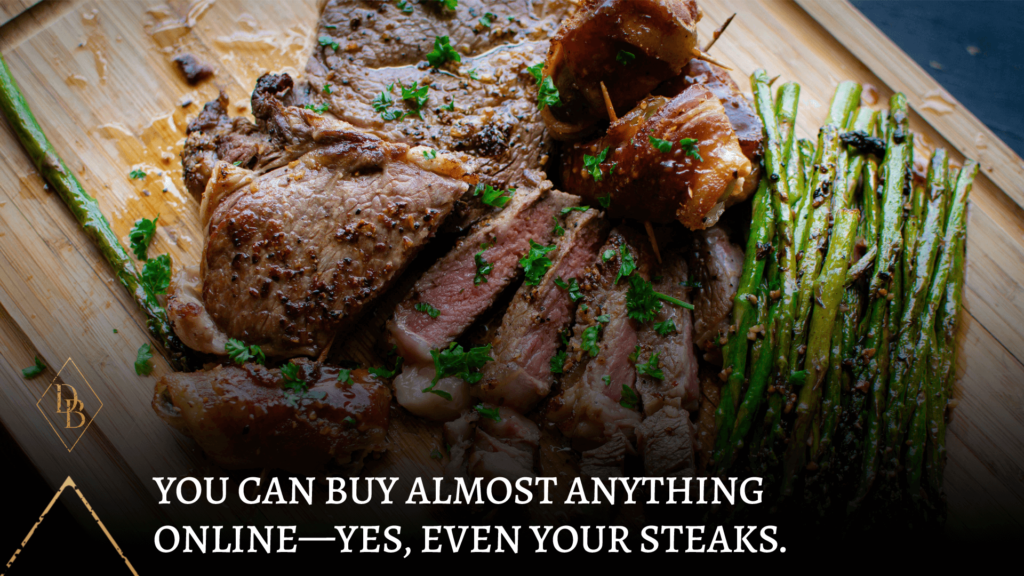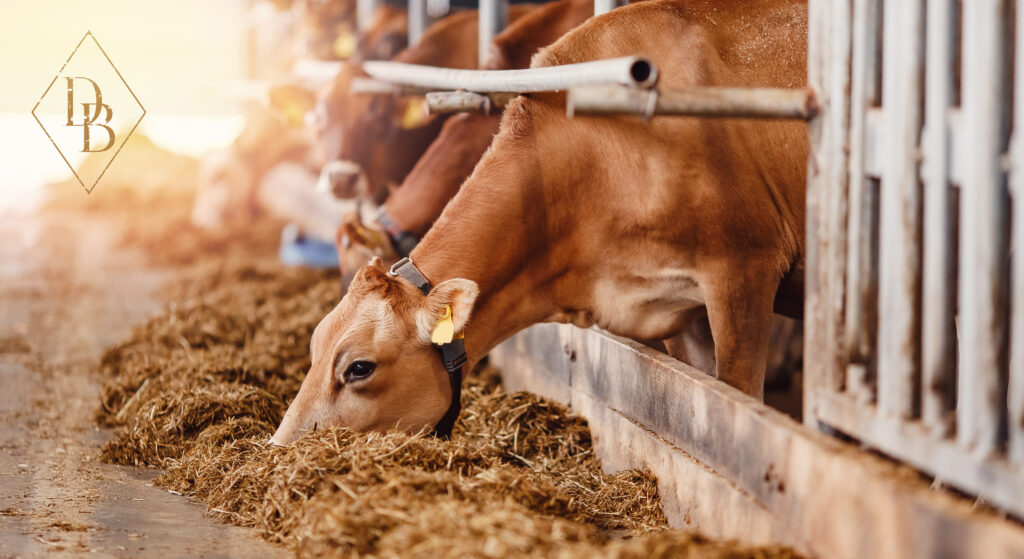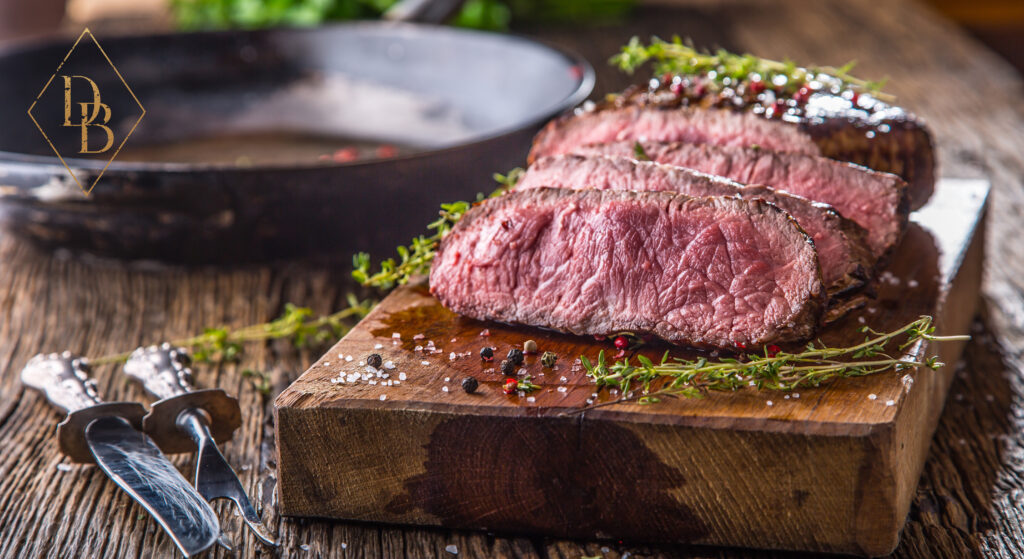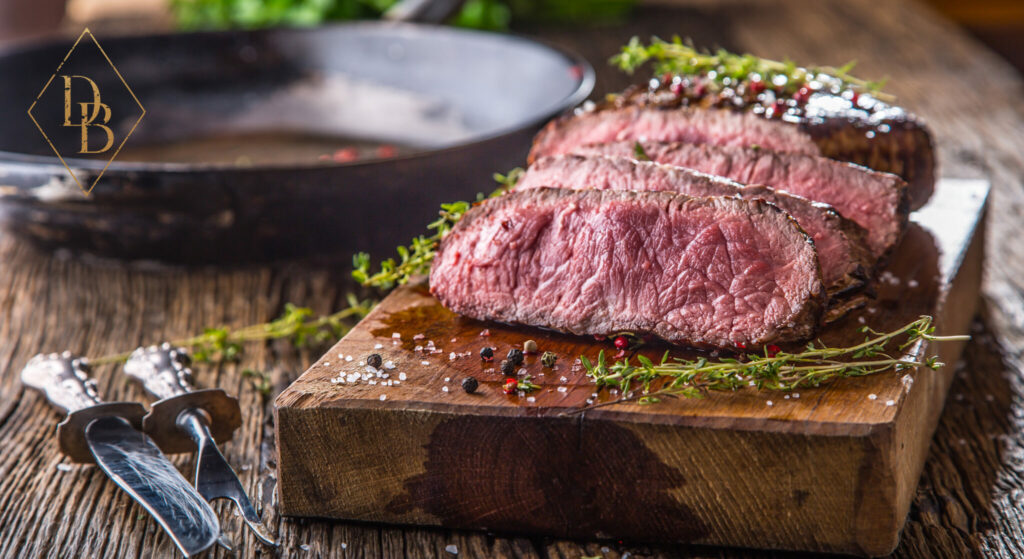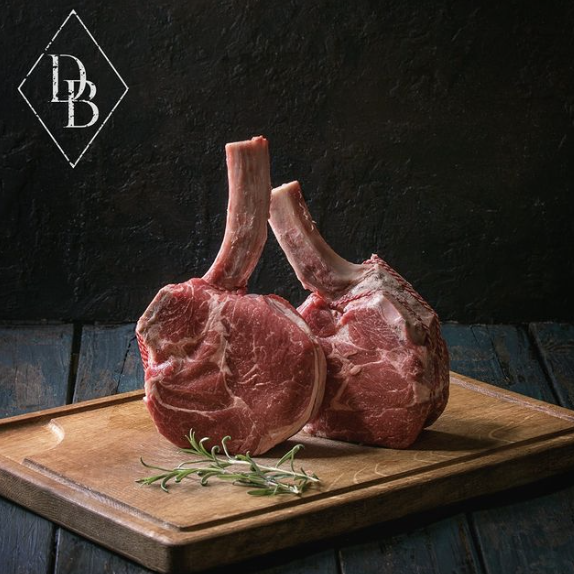That “fresh” meat you’re buying at the grocery store is probably not fresh as labeled. You and your family deserve better. Read on to find out where your meat comes from.
Is buying meat from a grocery store truly the best option? Or, is it simply what you know, and is therefore comforting?
The truth is this: when you buy meat from a grocery store, you don’t necessarily know what you’re getting for your money. There are several reasons for this, which we will be discussing in a series of blog posts centered around the advantages of buying from farms.
It’s not only important you know what is in your meat, but it’s also imperative you know where it comes from. To begin, when buying from a grocery store, there’s a good chance the product is a mash-up of several different animals rather than the singular animal advertised. This is problematic on a few levels. Not only is it disingenuous, but you’re not truly getting what you paid for, and you deserve to!
Your meat might be coming from a whole different country
Yes, your grocery store meat might be racking in the miles before getting to you. When purchasing from the store, it is vital that you look for the label on the meat and read where it says “country of origin.” A lot of foreign meats are shipped to slaughterhouses within the United States, which then allows businesses to package the product as American.
In reality, the cows you are buying from did not originate here, meaning consumers have no idea how the animals were treated, fed, and cared for – all variables which influence how the meat actually tastes. Additionally, quality standards vary between countries, which adds in an extra, unsettling element of mystery.
As you can see, just based on the subjects above, you don’t have much control over the meat you put into your body when buying from a grocery store. Throw in a grocery store’s lack of meat or a food shortage, and you’re the one who suffers here!
Your meat might be injected with synthetic red dye
Did you also know that store-bought beef is sometimes injected with red dye so it appears pink and fresh? Some stores have even been caught fusing ice into the meat to increase its volume of water weight, which jacks up the price so you have to pay more.
“Fresh” doesn’t exactly mean fresh
All this to say, there really is no telling how fresh the meat you’re buying is. It’s packed frozen and shipped to the store, and then thawed once again only to be advertised as “fresh” and high-quality. Hamburger meat is especially prone to becoming contaminated while sitting on store shelves, although a lot of meat goes bad without anyone noticing in the first place.
The problem is, none of these concerns are uncommon. There is always risk when purchasing from a grocery store rather than a local farm, which usually provides much more transparency about not only the livestock, but what you’re actually spending money on.
For example, buying dry-aged steak from a store may mean that you’re ending up with beef which has aged a maximum of ten days. Whereas, if you buy from Designer Beef, you’ll know that the beef has been aged for 55 days, which is over five times as long. Results will show this, of course, as you can cut through Designer Beef’s dry-aged steak with a fork.
It’s best to get your meat straight from the source
As mentioned, this is unfortunately, just the tip of the iceberg. We will be elaborating on healthier, alternative ways of purchasing meat, such as buying from Designer Beef. You deserve to know what you are putting into your body. It’s time to take control!
